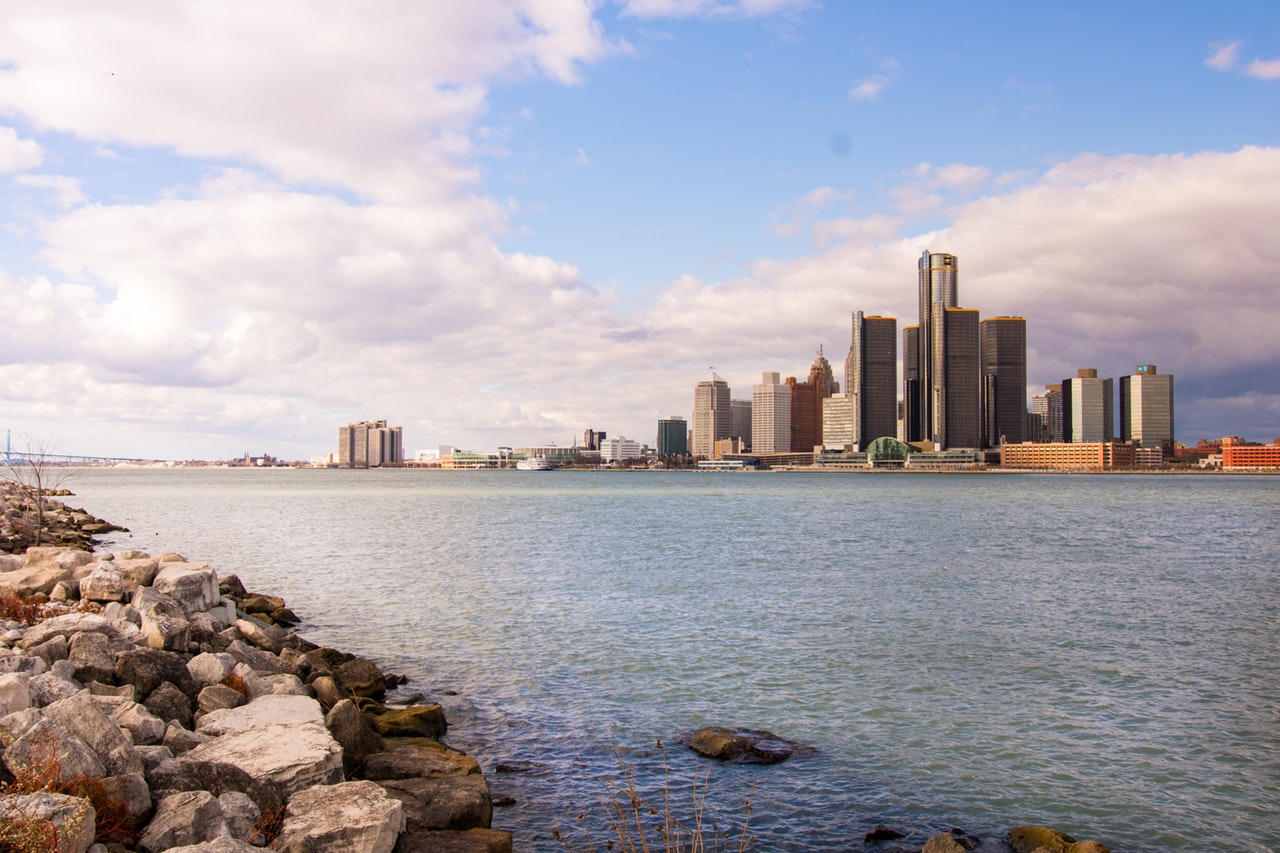Is temporariness the most important contemporary urban issue? (And yes, temporariness is indeed a word). When architect, researcher and friend of This Big City Alison Killing got in touch asking us that very question, we couldn’t help but think it was the ideal topic for our next #citytalk tweetchat, which, as ever, we’ll be hosting with the always-awesome Future Cape Town.
The temporary city phenomenon is quite recent. Changing economic conditions combined with changing cultural conditions has, for many cities, left unused space. And us humans are certainly resourceful, tapping into the potential of such space through legal loopholes, good will, or just plain-old business logic. Though cities have always had areas falling in and out of use, the way urban citizens harness that space is the new and most interesting part. Some ideas about how to do that have been around for a few years now, such as the ‘licence to use’ model, where spaces can be rented for indeterminate amounts of time, with a short notice periods. Other ideas about ‘informal development’ that took root in places like Berlin over the last 20 years have spread more widely, not least as the recession leaves sites and buildings empty for longer periods.
But the newness of the temporary city brings with it many challenges. One such challenge is the legal side of things. Different stakeholders have different objectives, whether they’re building or land owners, occupiers, consumers, or something else altogether. What do project initiators need to understand about their partners, and vice versa, for temporary projects to be beneficial for cities?
Another is funding. Some temporary use projects employ nifty legal tactics to benefit all involved. Other initiatives are funded initially by government grants, or subsidies such as limited periods of lower rents. What’s the best approach for financing temporary projects in both the short and, where these projects often last for a couple of years of more, in the slightly longer term? And how can non-commercial temporary projects find a space in the groove of the ‘market’? And should they even try to?
The temporary city phenomenon is a bit of a culture clash with how cities have traditionally functioned in the past. Many property owners are thinking long-term with their purchases (or investments as indeed many property purchases are). This is of course the opposite of temporary. The ‘licence to use’ model can work really well, but is it appropriate to all situations? For example, some buildings and sites require investment in order to be made usable, but a tenant needs a long enough tenancy and a limited amount of security, in order to benefit from that. With landlords often (understandably?) holding out for a long term tenant, are there good ways to enable temporary projects to meet everyone’s needs?
Finally, what about the cultural value side of thing? Pretty much everyone would agree they want useful amenities in their city, but how do temporary use projects fit within this, and how can the value of such projects be best understood? Are there any effective methods for assessing the value of such project, potentially leading to funding and permanence? And is that even the point? If the temporary city becomes permanent, then what is it?
On Wednesday April 16th at 7PM BST/8PM CEST/2PM EDT we’ll be asking these questions and more during our next #citytalk tweetchat. We’ll be joined as ever by our co-host Future Cape Town and we hope you can join us too to share your ideas for the temporary city.


